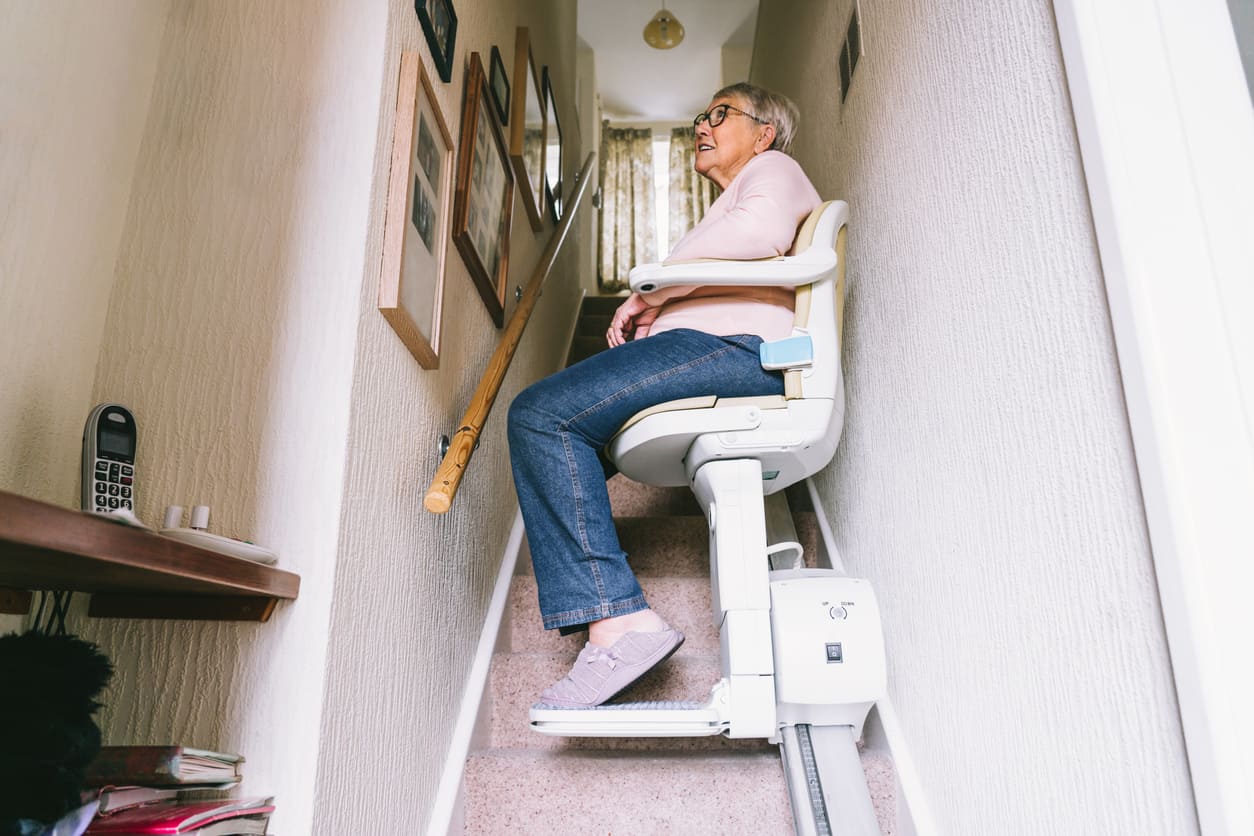Introduction:
As our loved ones age, ensuring their safety and comfort at home becomes a paramount concern. Simple tasks like navigating stairs can become challenging, posing risks of accidents and injuries. Stair lifts offer a practical solution, providing independence and mobility to seniors within their own homes. However, selecting the right stair lift involves considerations ranging from functionality to safety features. In this guide, we’ll delve into the essential factors to consider when choosing a stair lift for elderly family members, ensuring they ascend safely and comfortably.
1. Assessing Needs and Space:
Before diving into the myriad options available, it’s crucial to assess the specific needs and constraints of the individual and their home environment. Consider factors such as the user’s mobility limitations, the width and layout of the staircase, and any potential obstructions along the path. Assessing these factors will help determine the type and configuration of stair lift that best suits the situation.
2. Types of Stair Lifts:
Stair lifts come in various configurations to accommodate different staircase designs and user preferences. The two primary types are straight and curved stair lifts. Straight stair lifts are suitable for staircases with no bends or curves, providing a cost-effective and efficient solution. On the other hand, curved stair lifts are custom-built to navigate complex staircase layouts with curves or landings, offering a tailored fit for unique configurations.
3. Safety Features:
Safety is paramount when selecting a stair lift for elderly loved ones. Look for features such as seat belts, swivel seats for easy entry and exit, and obstruction sensors to detect any obstacles along the path. Additionally, ensure that the stair lift is equipped with emergency stop buttons and backup power systems to address any unforeseen circumstances.
4. Comfort and Accessibility:
Comfort plays a significant role in enhancing the user experience with a stair lift. Opt for models with padded seats and adjustable armrests to provide maximum comfort during use. Consider features like remote controls and folding footrests for added convenience and accessibility, allowing users to operate the lift effortlessly.
5. Installation and Maintenance:
Choosing a reputable manufacturer or supplier is essential to ensure proper installation and reliable maintenance services. Verify that the installation process is carried out by certified professionals to guarantee safety and compliance with industry standards. Additionally, inquire about warranty coverage and ongoing maintenance plans to keep the stair lift in optimal condition over time.
6. Budget Considerations:
Stair lifts vary in price depending on factors such as type, features, and customization options. While cost is undoubtedly a consideration, prioritize quality and safety over upfront expenses. Evaluate the long-term value and benefits that the stair lift provides in terms of improved mobility and independence for your loved one.
7. User Experience and Reviews:
Seek feedback from other users and read reviews of different stair lift models to gain insights into their performance and reliability. Real-life experiences can offer valuable perspectives on factors such as comfort, durability, and customer support, helping you make an informed decision.
Conclusion:
Choosing the right stair lift for elderly loved ones involves careful consideration of their specific needs, safety requirements, and budget constraints. By assessing these factors and exploring the available options, you can select a stair lift that provides optimal comfort, accessibility, and peace of mind. Prioritize safety features, seek reputable suppliers, and prioritize user experience to ensure a smooth and secure transition for your loved one as they ascend safely within their own home. With the right stair lift in place, you can help your elderly family members maintain their independence and quality of life for years to come.
.




